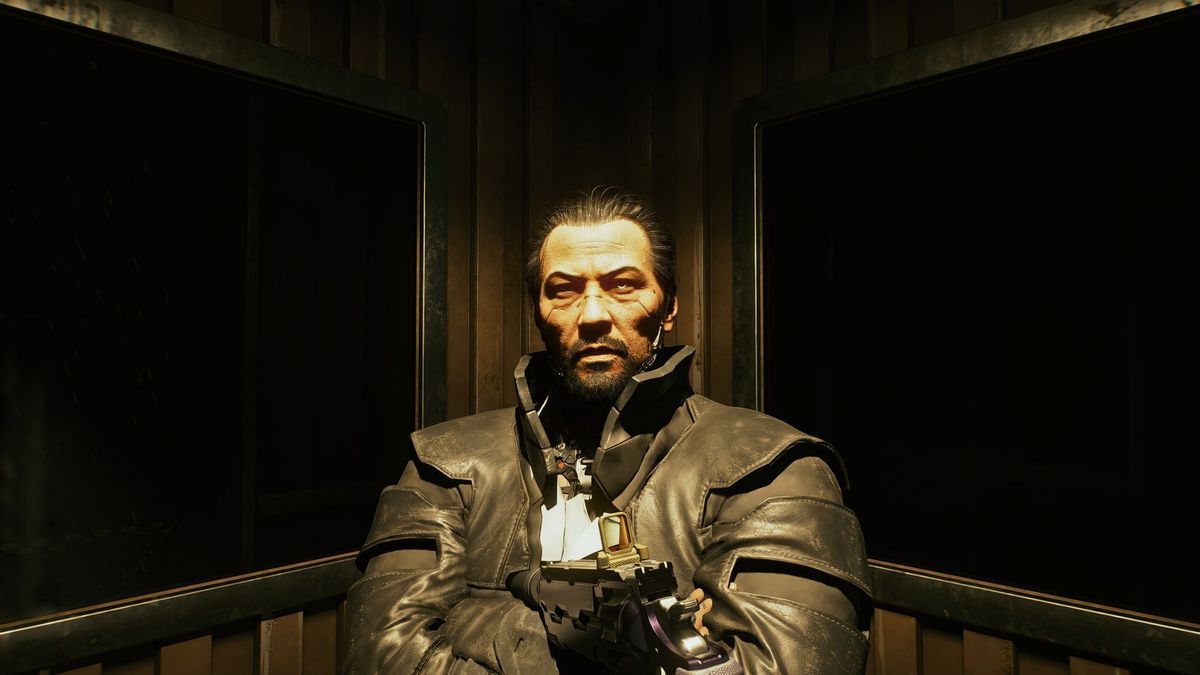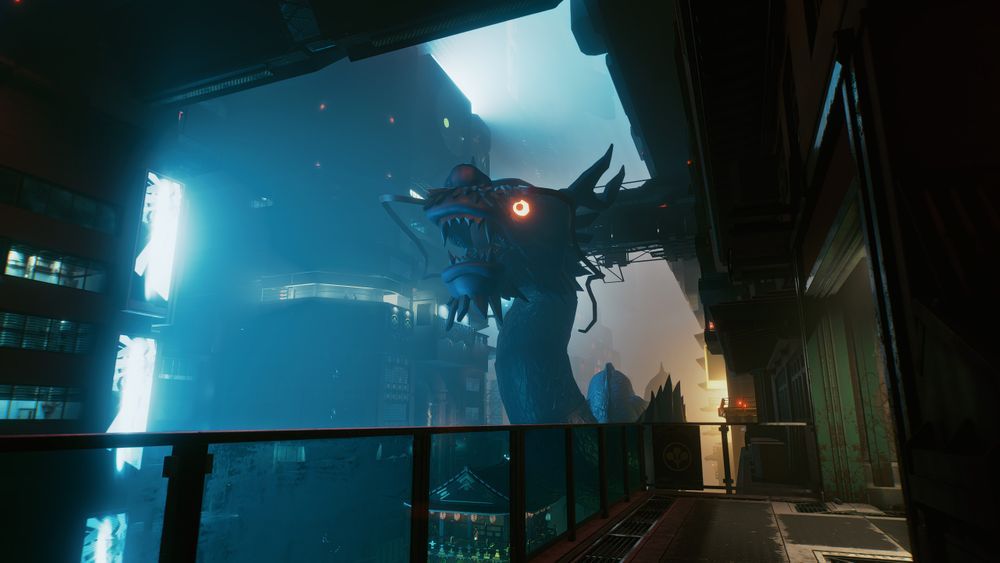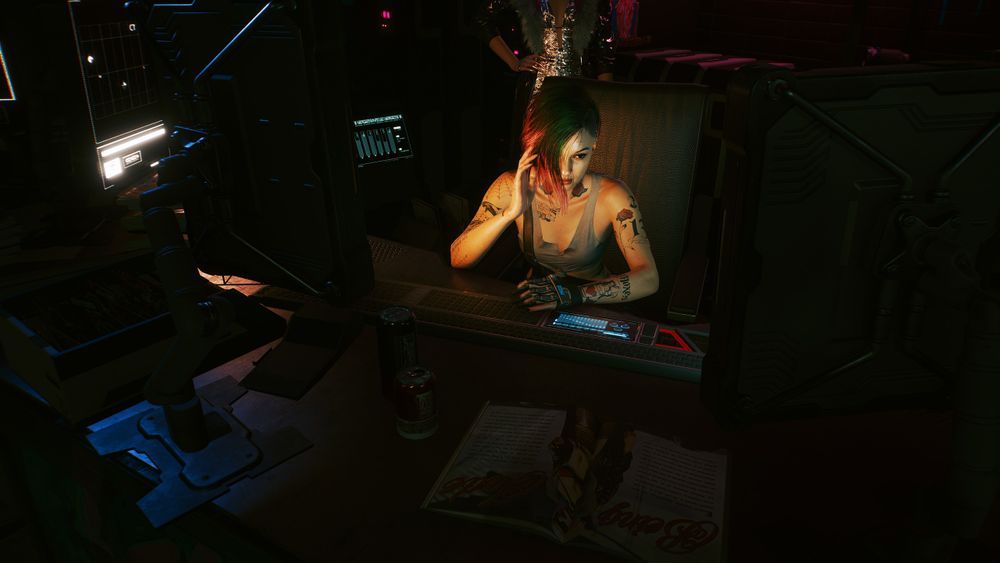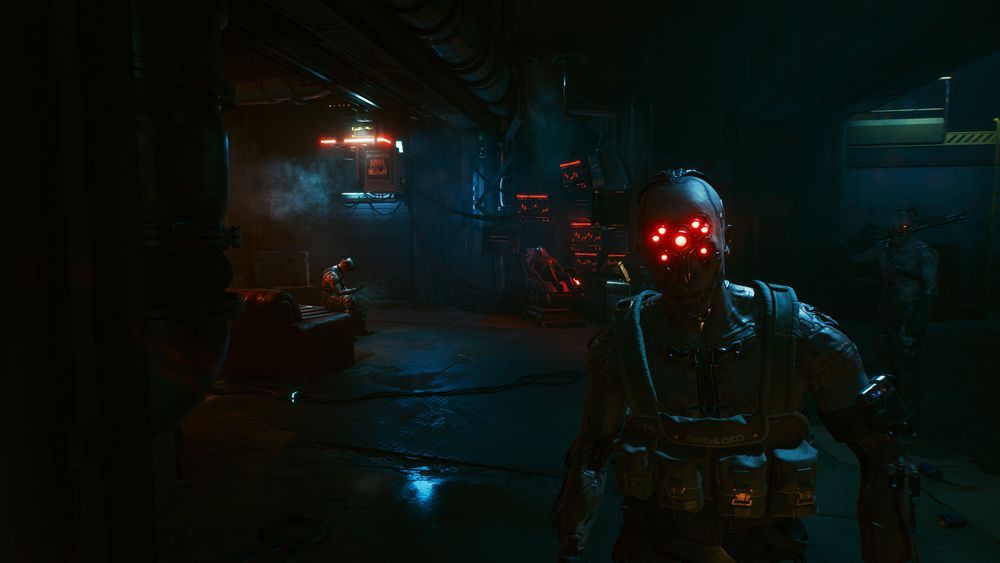Cyberpunk 2077: Analysis of an agile method failure

On December 10th, one of the most anticipated games of the year was released: Cyberpunk 2077.
Personally, I enjoy playing it, but it’s not the case for everyone.
With an outside look of an IT professional, I suggest you see today the “mistakes” that I think were made in this project, and how some mistakes could have been avoided. This article is not about the game itself, but rather about the organizational and technical aspects.
A little background
The studio
Cyberpunk is developed by CD Projeckt Red, a rather small Polish studio (on the scale of the titans of the present industry). It is a company of about 800 people (according to their website). It is the studio behind the critically acclaimed The Witcher franchise, most recently adapted into a series by Netflix.
It is also the GOG.com platform, bought a few years ago to sell games from independent studios. GOG stands out for its model promoting the fact of selling games without DRM (copy protection) which can sometimes cause problems.
It is a company that historically worked on a single license: The Witcher.
The game
Development of this game would have started in 2012, according to a press release at the time. The first teaser released in 2013 not specifying a release date.
Developed a lot in the background, little information is released over the years, we start to hear about the game again at the E3 of 2018 (the video game mecca). A first video offering an overview of the game is then presented.
Initially scheduled for April 16, 2020, the release will be postponed 3 times: first on September 17, 2020, then on October 27, 2020, to finally release on December 10, 2020.
The development of the game would have cost about 270 million euros, one of the most expensive in the video game industry, similar in size to GTA V, for example.
However, its release was quite catastrophic for the image of the studio: the game seems poorly finished, one feels that some elements have been “botched”. Worse, the game is unplayable on PS4 and Xbox One, which were the existing consoles at the beginning of the development. The game is punctuated by a lot of bugs more or less blocking.
Also, the game doesn’t really look like the trailers presented earlier, it seems much more rigid, the player having much less freedom than announced, especially on the character customization part.
This had several impacts:
- Removal of the game from online stores
- Massive refund campaign
- Huge impact on the company’s image
- Impact on the company’s stock market valuation

Agility, don’t know it!
I’m not going to present all the concepts of agility here, but rather talk about one of the basic objectives: to bring the business and the developers closer together so that each can take into account the constraints and needs of the other.
What is clear in the history of the development of this game is the total desynchronization of the two parties. The successive postponements are a typical example, which highlights the fact that the business is not aware of the remaining workload or that it has been greatly underestimated.
In the first case, it shows that the approach taken is not consistent to deliver a finished product, in the second case, it may come from a lack of guidance.
In an agile/DevOps world, measuring is key. Normally, we are able to roughly estimate the velocity we can achieve in a sprint, although mistakes can happen.
”We ignored the signals about the need for additional time to refine the game on the base last-gen consoles. It was the wrong approach and against our business philosophy.”
Yet, we can see in the official releases that alarms were raised about the developers needing more time to release a finished product.
Even if one can easily understand the “deadline” of December 10 (2 weeks before Christmas), it is a pity that this is such a strong deadline that one ignores all the signals that indicate that one is heading for the wall.
The importance of testing
Releasing a game on four consoles simultaneously and on computers, as well as on streaming platforms, is not as simple as it seems:
- Multiple technical specifications
- Specificity of the SDK of each console
- Different processor architectures
CD Projekt Red admitted that they did not test their game enough on consoles and focused on the PC.

The concern is that even on a PC, some bugs and anomalies are very complicated to understand, we could mention:
- The non-support of SMT procedures on AMD processors: just incomprehensible that the tests are conclusive, to have tested on the config we have at home (AMD Ryzen 1600 + Nvidia GTX 1070), we had a 40% gain of additional performance (about 20 FPS)! (This point has been corrected since version 1.05)
- The default QWERTY configuration and the non-ergonomic controls in general
- The elements of the scenery that float in the air (phones for example)…
- The “Lorem ipsum” that hangs in some languages, these placeholders are normally used during development to simulate a text fill

- Bugs with subtitles that remain permanently displayed on the screen or object tooltips
- Vehicles that appear under the map
And I could continue the list for a long time… Knowing that these are only the bugs that I could see on my side with a recent PC!
And the security of all this?
Cyberpunk is launched via a launcher, which fortunately can be bypassed when you have it, like me, on Steam. The problem is that this launcher is (like many launchers) a huge security flaw, allowing to easily execute arbitrary code if compromised…
Red Teamers - why not use #Cyberpunk2077's signed launcher to execute your code? Simply edit launcher-configuration.json and copy your payload anywhere within the root directory 😉 pic.twitter.com/M0bJ2tIDKX
— Lloyd Davies (@LloydLabs) December 10, 2020
As far as hacking is concerned, we’re in trouble “script kiddies” here…
But since we don’t have a DevOps approach, I won’t ask for DevSecOps!
What could have limited this disaster
I know it’s easy to criticize after the fact; however, I’d like to bring a few points that might have helped limit this disaster.
Limiting the release to PC at first
This is the strategy used by Rockstar for its games, release first on console, then a few months later on PC.
This allows having several gains:
- Bugs are located on fewer platforms
- It allows focusing its development and testing on fewer platforms
- It allows to potentially sell several copies of the same game since players are not necessarily ready to wait several months
CD Projekt Red is a small studio, to spread out on so many platforms in parallel is risky.
Not selling the perfect game in all aspects
The game has clearly been oversold, announced several times as “fully playable, but needs to be refined”, we find the aspect of desynchronization between business and developers, where we first sell things and then look at how to develop them.
This is something I’ve often experienced in IT (unfortunately), where you promise things to a customer, but at no time:
- IT was asked for a realistic estimate of the timeframe
- We asked ourselves if it was technically feasible without costing more than it brings to the company.
The problem is that the game was sold on too many aspects at the same time, which I think are difficult to do for a company of this size.
Release the game in “early access” or “closed beta”
Method used more and more often, it would have been possible to release the game in “early access”, that is to say, by releasing it “as is”, but by iterating quickly. Players are more understanding of games that have problems in early access than a final version, and this allows for much more feedback.
Also, a closed beta with a limited number of users would probably allow solving a lot of problems (especially if you take different game configurations).
Not everything is black
To finish this post, I would conclude by saying that everything is not black.
On PC, the game is completely playable, I have for my part quite a few hours of play on it. Graphically, it is also a success, with a universe of its own, the art direction has done an impressive job.









Also, in terms of writing, we feel that some characters are quite worked and have depth. I also salute the efforts of the studio to put many women as central characters in their game!
The Witcher was also riddled with bugs at its release, but is now considered one of the best games of the decade, no doubt that the shot will be corrected on this game, especially since the studio has already delivered its first salvos of fixes.
However, I would also note that releasing “poorly finished” games under the pretext that they can be patched later is becoming a norm in the video game industry, making the customer suffer for having an unstable product. Nowadays, many studios are in the same situation (hi Assassin’s Creed and its blocking bugs that were fixed one month after its release).




Comments ()